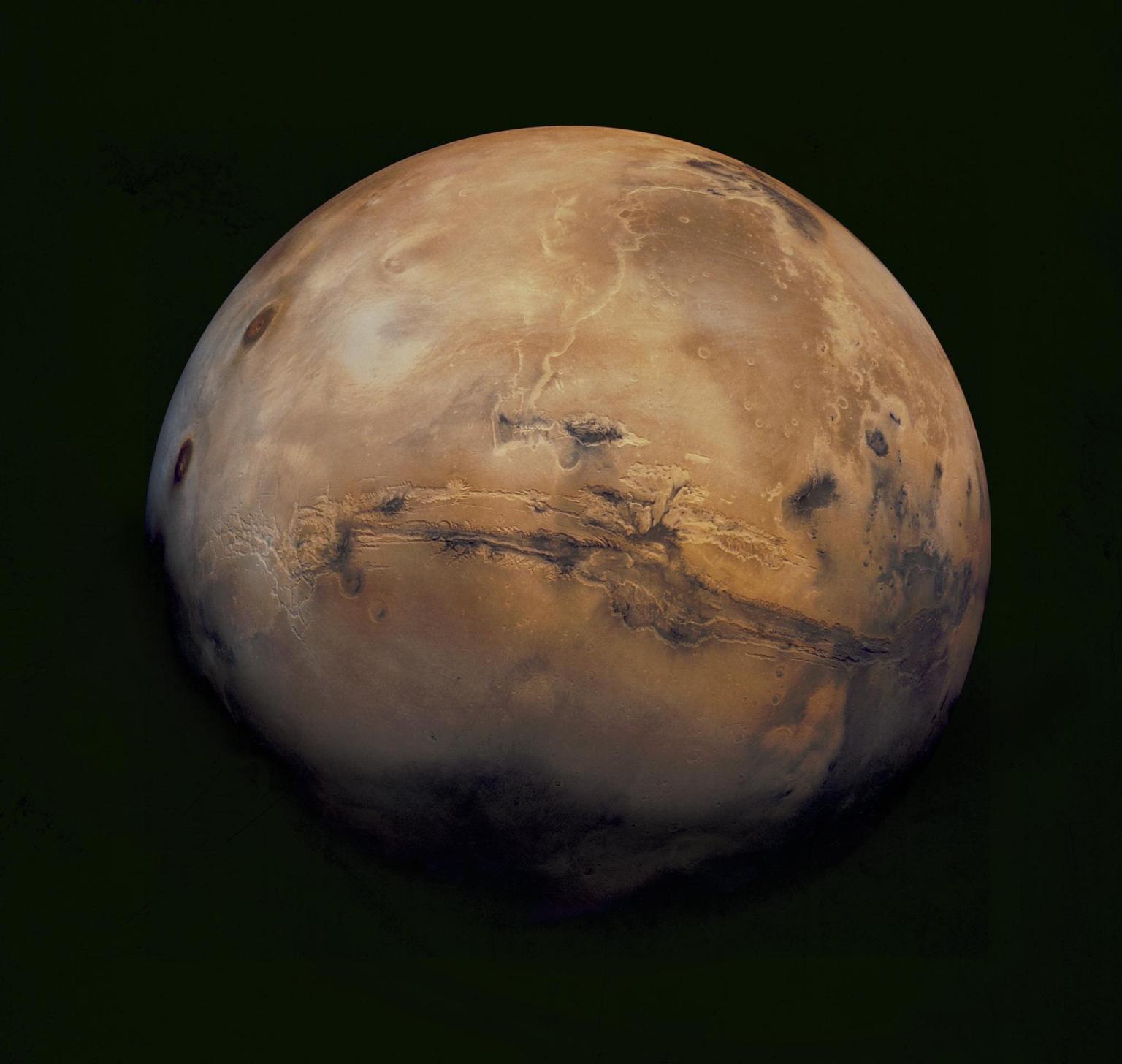Week 2: Space: The Final Frontier
Dr. Ted Neal; Alexis Hatvick; and Claudia Witte
Week 2: Space Exploration
Formative Assessment: Space Exploration
🧠 Big Ideas and Big Questions
- How did the Space Race shape our understanding of space and technology?
- What are the major milestones in human space exploration?
- How have different people contributed to space science?
Sputnik and the Space Race
On October 4th, 1957, the Soviet Union successfully launched Sputnik, the world’s first artificial satellite, into Earth’s orbit. This successful launch of Sputnik sparked the Space Race between the Soviet Union and the United States. These two countries competed to get the first human to land on the Moon.
On January 31, 1958, the United States launched Explorer 1, a satellite that discovered the magnetic radiation belts around Earth. That same year, the United States created the National Aeronautics and Space Administration (NASA). In 1959, the Soviet Union launched Luna 2, the first spacecraft to land on the Moon. In April 1961, the Soviet astronaut Yuri Gagarin became the first person in space when he orbited Earth. Shortly after, astronaut Alan Shepard became the first American in space in May 1961.
The Space Race heated up, and President John F. Kennedy declared that the United States would put a man on the Moon before the end of the decade. In 1962, American astronaut John Glenn successfully orbited the Earth. In 1968, the American mission Apollo 8 orbited the Moon. Finally, in 1969, the American mission Apollo 11 successfully landed the first two people on the Moon: astronauts Neil Armstrong and Buzz Aldrin.

Interesting Fact
Dr. James Van Allen from the University of Iowa created the radiation detector that launched on the Explorer 1 satellite. This led to the discovery of magnetic radiation belts around Earth, which are known as Van Allen radiation belts in his honor. Van Allen Hall on Iowa’s campus is also named after him.
Women and Space
Traditionally, the story of the Space Race features male scientists and astronauts. However, women have played a key role in the history of American space exploration. NASA mathematicians Katherine Johnson and Dorothy Vaughan, along with engineer Mary Jackson, were key members of the team that launched John Glenn into space in 1962. In addition to this mission, these women had long careers at NASA. Their stories have recently been popularized in the movie Hidden Figures.
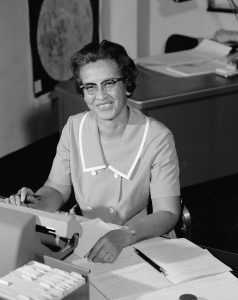
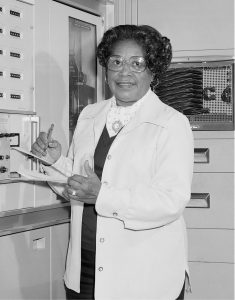

Initially, women were seen to have a physical advantage as astronauts; they tend to be lighter, shorter, and consume less food. In 1960, astronaut Jerrie Cobb had logged twice as many flying hours as John Glenn. But NASA made a requirement that astronauts had to be military pilots, a job only men could have. A group of 13 female astronauts, including Cobb, was gathered and subjected to the same tests as the male astronauts. The women passed all of the tests, and in many cases, performed better than the men. Still, NASA refused to support the female astronauts. The military test rule was struck down by President Kennedy, allowing women to attend military academies beginning in the early 1970s, with the first female astronaut being selected in 1978. In 1983, Sally Ride became the first female astronaut in space.
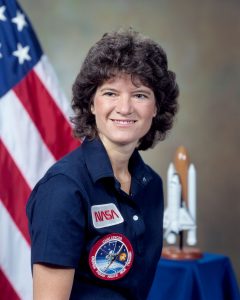
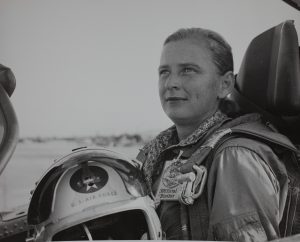
💭 Reflections and Additional Resources
- Reflect: Why did the United States and the Soviet Union compete to reach space first?
- Watch: LINK: to learn about the contributions of women at NASA.
- Explore: LINK: for current missions and plans.
📚 Vocabulary
- Sputnik: The first artificial satellite, launched by the Soviet Union in 1957.
- Space Race: The Cold War competition between the United States and the Soviet Union to achieve significant milestones in space exploration.
- NASA: The National Aeronautics and Space Administration, the U.S. government agency responsible for the civilian space program.
- Astronaut: A person trained to travel and work in space.
- Satellite: An object placed in orbit around a planet.
🧪 Examples
The Space Race: A New Era of Exploration
On October 4, 1957, the Soviet Union launched Sputnik, the world’s first artificial satellite, into Earth’s orbit. This event marked the beginning of the Space Race—a period of intense competition between the United States and the Soviet Union to achieve major milestones in space exploration.
Key Milestones:
- 1957: Sputnik 1 orbits Earth, shocking the world and sparking fears in the U.S. about falling behind technologically.
- 1958: The U.S. responds by launching Explorer 1, which discovers the Van Allen radiation belts around Earth. NASA was established in the same year.
- 1959: The Soviet Union’s Luna 2 becomes the first spacecraft to reach the Moon.
- 1961: Soviet cosmonaut Yuri Gagarin becomes the first human in space, orbiting Earth in Vostok 1. Shortly after, American astronaut Alan Shepard became the first American in space.
- 1962: John Glenn becomes the first American to orbit Earth.
- 1968: Apollo 8 becomes the first crewed spacecraft to orbit the Moon.
- 1969: Apollo 11 lands the first humans—Neil Armstrong and Buzz Aldrin—on the Moon. Armstrong’s words, “That’s one small step for [a] man, one giant leap for mankind,” became iconic.
- December 19th, 1972: Apollo 17 was the last time humans were on the moon. That is OVER 50 years ago!!!!
👩🏫 Teacher Talk: The Human Side of Space Exploration
The Space Race was not just about rockets and technology—it was about people. While the story often highlights male astronauts and scientists, women and people of color played crucial roles:
- Katherine Johnson, Dorothy Vaughan, and Mary Jackson were mathematicians and engineers at NASA whose calculations were vital to the success of missions like John Glenn’s orbital flight. Their stories are told in the film Hidden Figures.
- Dr. James Van Allen from the University of Iowa designed the radiation detector on Explorer 1, leading to the discovery of the Van Allen belts. Van Allen Hall at the University of Iowa is named in his honor.
- Jerrie Cobb and the “Mercury 13” were a group of women who passed the same astronaut tests as men but were not allowed to fly due to gender restrictions. It wasn’t until 1983 that Sally Ride became the first American woman in space.
🌍 Human Exploration Beyond the Moon
After the Moon landings, human space exploration continued:
- Space Stations: The Soviet Union launched the first space station, Salyut 1, in 1971. The U.S. followed with Skylab in 1973. Today, astronauts from many countries live and work on the International Space Station (ISS).
- Space Shuttle Era: From 1981 to 2011, NASA’s Space Shuttle program enabled reusable spacecraft and the deployment of satellites, telescopes (like the Hubble), and the construction of the ISS.
- Mars and Beyond: Robotic missions have explored Mars, Jupiter, Saturn, and beyond. Human missions to Mars are being planned by NASA and private companies like SpaceX.
Named by the Romans for their god of war (due to its color resembling blood), Mars lies as the fourth planet within our Solar System. Only about half the size of Earth, scientists have sent multiple rovers and satellites to study this fascinating planet… but why? Why is Mars the agreed-upon “next step” in space exploration?
Despite the desolate state of Mars now, the similarities between it and Earth have been captivating to space enthusiasts as time has gone on. For example, a day on Mars is 24.6 hours, even with a year being twice the length of Earth’s (669.6 sols – the equivalent of 687 days for us). On top of that, from previous studies and missions (which will be discussed next paragraph), we have evidence that Mars was once a thriving planet like ours, complete with living organisms and water.
Starting in the 1970’s, NASA and other agencies have invested in research dedicated to Mars. Initially, satellites known as “orbiters” were sent to capture images of the surface. However, in 1997, the first of a series of expeditions to trudge around the red planet was a rover by the name of Sojourner. Its goal was simply to lay the foundation for future missions by proving that humans could send machines onto other planets’ surfaces successfully. In 2004, rovers Spirit and Opportunity followed suit, this time with the mission of finding evidence of water. 2012 provided another rover; Curiosity, whose purpose was to find out whether Mars had truly been a thriving planet at one point in time. The most recent rover, Perseverance, was sent up in 2021 to determine whether humanity could truly one day travel and live on Mars’ surface. As of now, only Curiosity and Perseverance remain on active duty. Check out this LINK to see real-time activity on Mars, including rover landing sites and locations of orbiters!
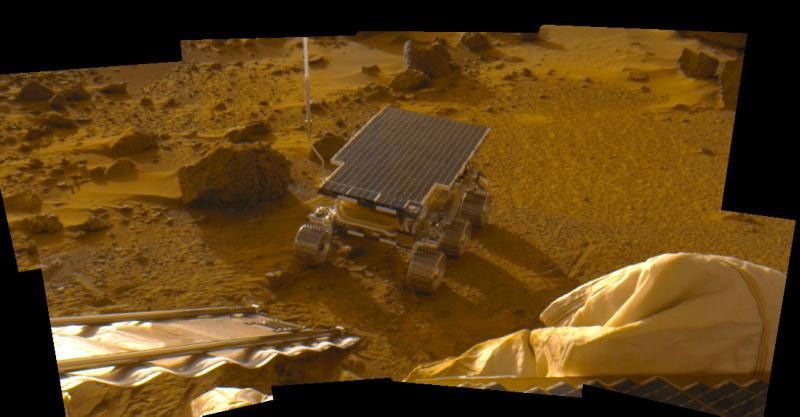
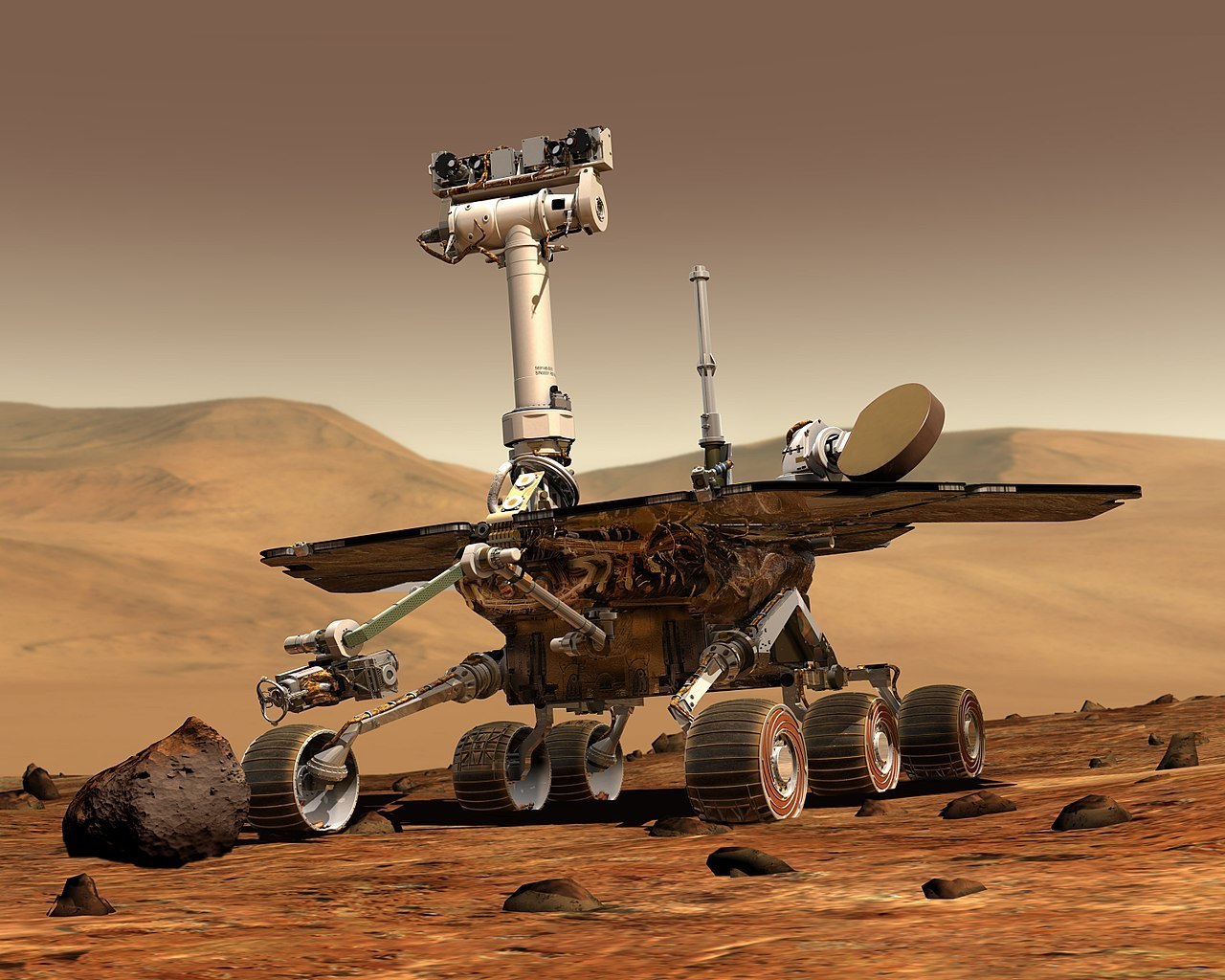
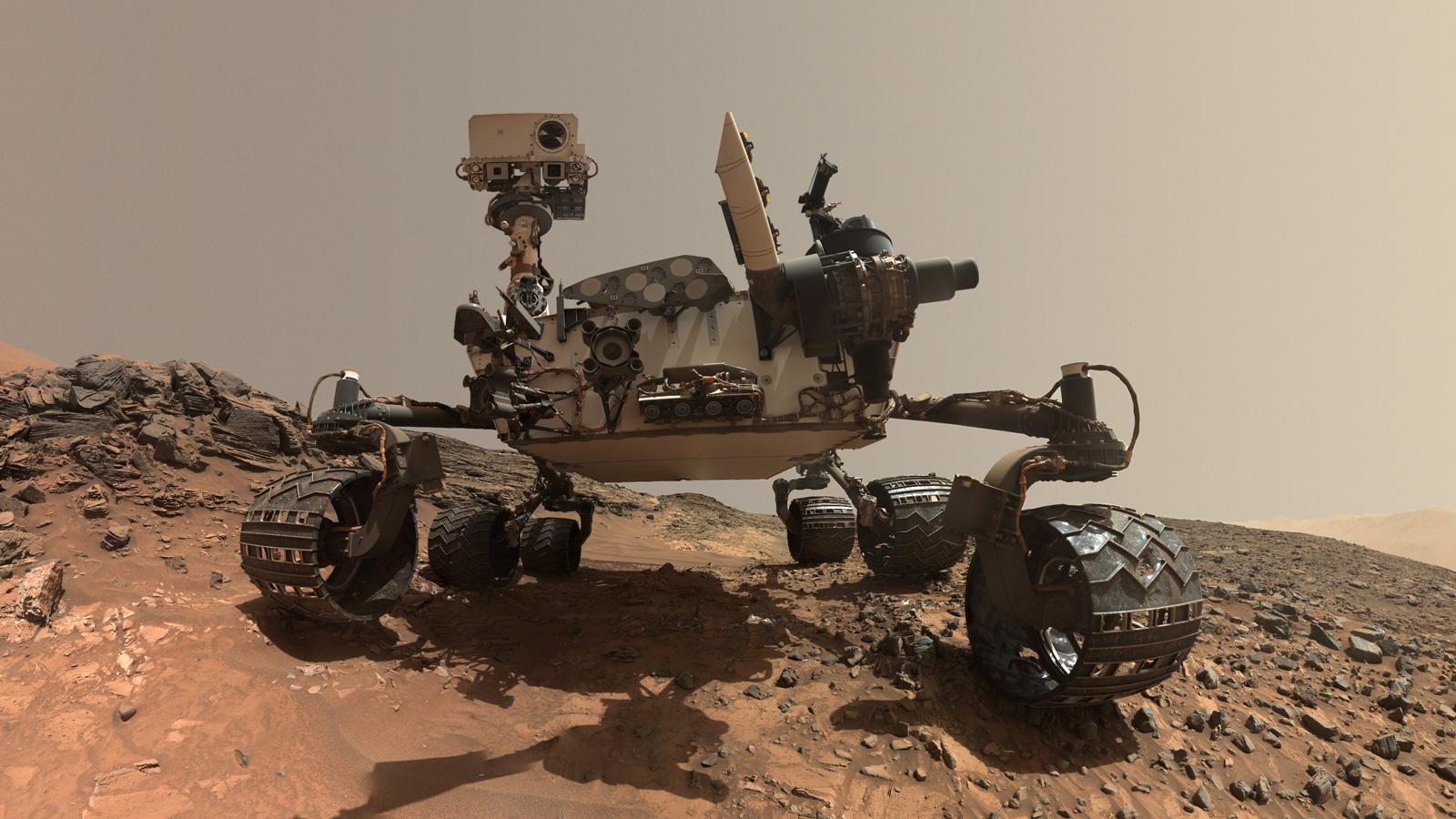
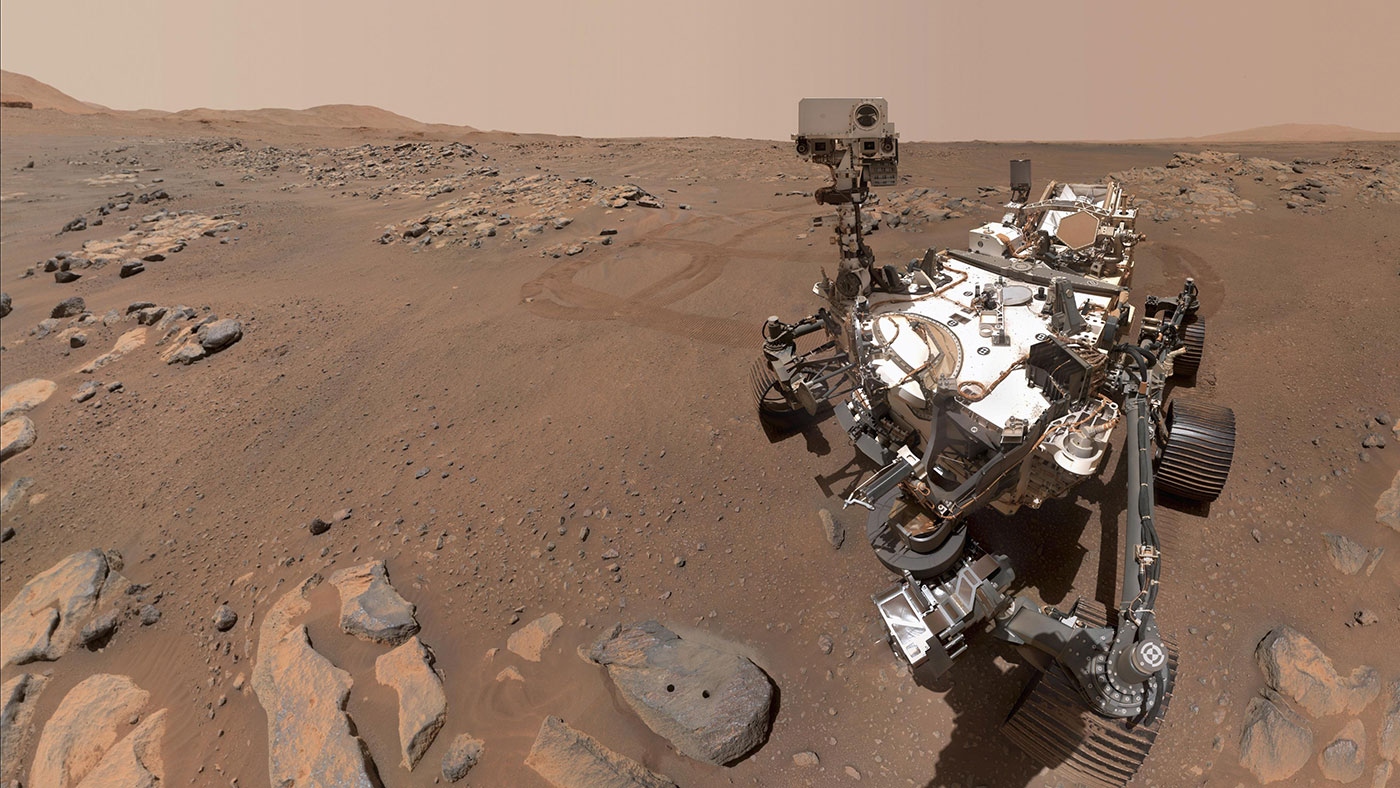
So… why Mars? Why is it such a focal point not just in research, but possible space exploration? Well, according to NASA, by understanding the past of Mars and the state it’s in now, there’s an overarching idea of a planet’s life cycle from formation to current day. On top of that, humanity has continued to exponentially grow to the point where overcrowding is becoming more and more common. Rather than continually destroying Earth’s surface to accommodate such growth, scientists are proposing a “change in scenery”, where in the (hopefully) near future humans can live among the stars. For example, SpaceX has a page on their website dedicated to portraying future endeavors to the Red Planet (see LINK).
🚀 Why Does Space Exploration Matter?
Space exploration has led to advances in technology, science, and international cooperation. It inspires curiosity, drives innovation, and helps us understand our place in the universe.
📎 Resources
- https://www.nasa.gov/humans-in-space
- https://www.imdb.com/title/tt4846340/
- https://www.nasa.gov/mission_pages/station/main/index.html
- https://www.nasa.gov/feature/women-at-nasa
- https://www.spacex.com/human-spaceflight/mars/
NGSS:
Performance Expectations
| 1-ESS1-1. | Use observations of the sun, moon, and stars to describe patterns that can be predicted. [Clarification Statement: Examples of patterns could include that the sun and moon appear to rise in one part of the sky, move across the sky, and set; and stars other than our sun are visible at night but not during the day.] [Assessment Boundary: Assessment of star patterns is limited to stars being seen at night and not during the day.] |
|---|
| MS-ESS1-1. | Develop and use a model of the Earth-sun-moon system to describe the cyclic patterns of lunar phases, eclipses of the sun and moon, and seasons. [Clarification Statement: Examples of models can be physical, graphical, or conceptual.] |
|---|
DCI
First Grade: ESS1.A: The Universe and its Stars
Fifth Grade: ESS1.B: Earth and the Solar System
Middle School: ESS1.A: The Universe and Its Stars
Middle School: ESS1.B: Earth and the Solar System
- The solar system consists of the sun and a collection of objects, including planets, their moons, and asteroids that are held in orbit around the sun by its gravitational pull on them. (MS-ESS1-2),(MS-ESS1-3)
- This model of the solar system can explain eclipses of the sun and the moon. Earth’s spin axis is fixed in direction over the short term but tilted relative to its orbit around the sun. The seasons are a result of that tilt and are caused by the differential intensity of sunlight on different areas of Earth across the year. (MS-ESS1-1)
Crosscutting Concepts: Patterns
– – – – – – – – – – – – – – – – – – – – – – – – – – – – – – – – – – – –
Connections to Nature of Science: Scientific Knowledge Assumes an Order and Consistency in Natural Systems
- Science assumes natural events happen today as they happened in the past. (1-ESS1-1)
- Many events are repeated. (1-ESS1-1)
Lesson ideas:
Take children outside to see the Moon in the daytime. Show them how to observe the Moon, keep a Moon journal, and encourage them to look for the Moon day and night. Look at your Moon journal to see what the patterns are.
Try to recreate what they see outside with the Earth, Sun Moon system.

